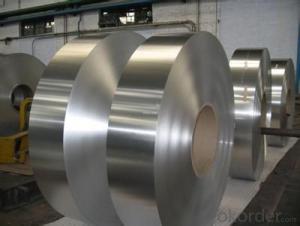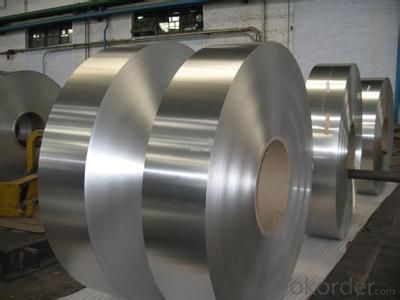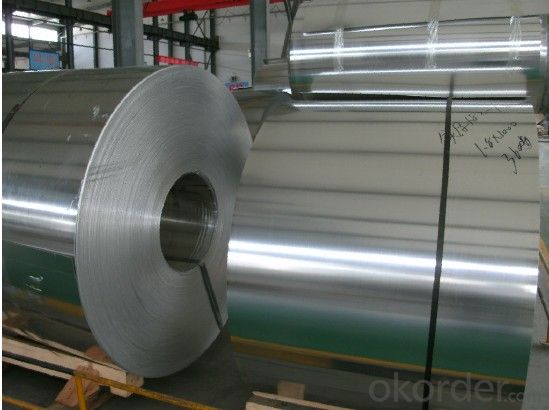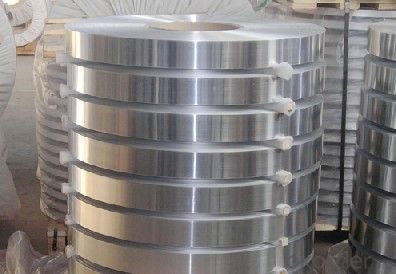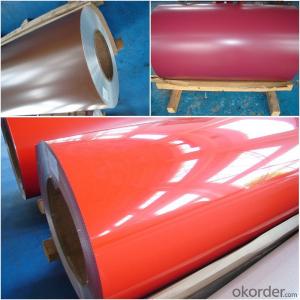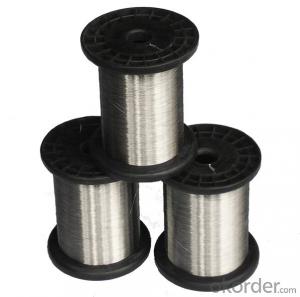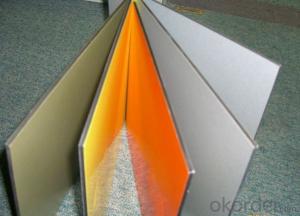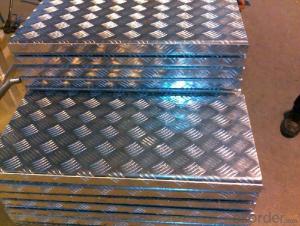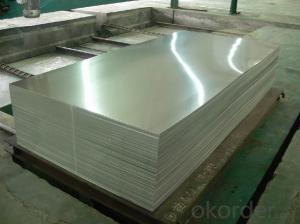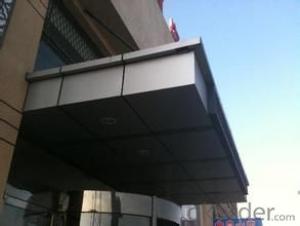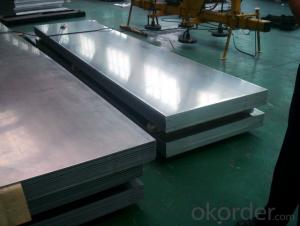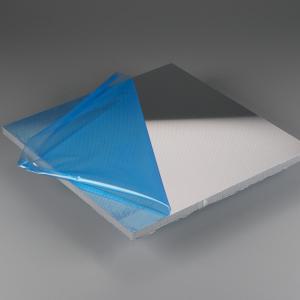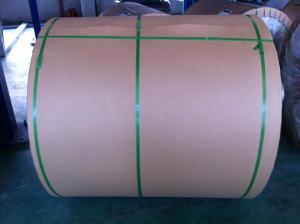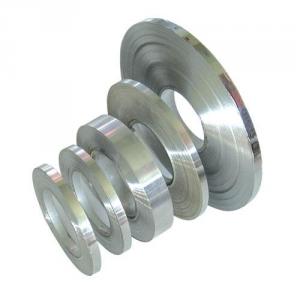OEM Painted Aluminum Sheets - Mill Finished Aluminum Strips for Color Coated Ceiling
- Loading Port:
- Shanghai
- Payment Terms:
- TT OR LC
- Min Order Qty:
- 5 m.t.
- Supply Capability:
- 50000 m.t./month
OKorder Service Pledge
OKorder Financial Service
You Might Also Like
Specification
1.Structure of Mill Finished Aluminium Strips for Color Coated Ceilling
Mill Finished Aluminium Strips for Color Coated Ceilling for Deep Drawing Cookware is one semi-finished aluminium material. This strip can be rolled down to aluminium coil,sheet,circle ect. The alloy AA1050 is widly used in building, industry ect. Its weight is much lower than steel. So many customers choosed aluminium material instead of steel.
2. Main features of Mill Finished Aluminium Strips for Color Coated Ceilling
a.Competitive price---We have our own mills and can produce mill finished aluminium coils, so we can control the production cost better.
b.Professional after-sale service---We have more than 15 years exportation experience and you need not worry about the exporation problems.
c.Fast delivery time---We can control the delivery time within 35 days.
3. Image of Mill Finished Aluminium Strips for Color Coated Ceilling
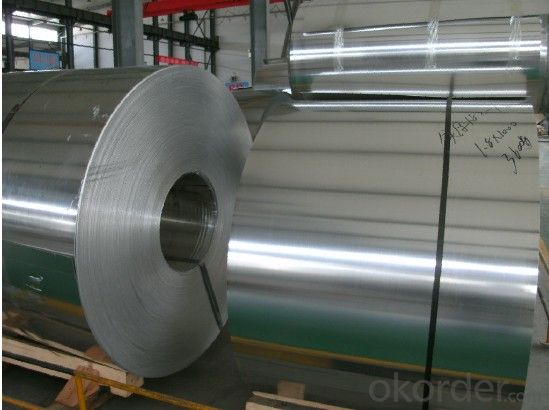
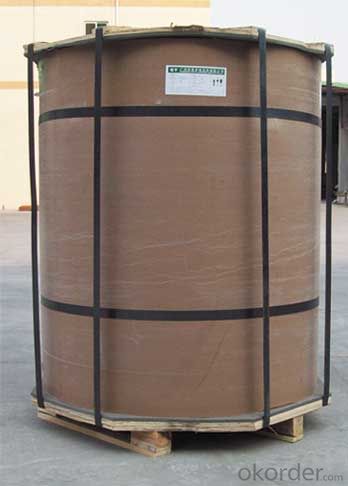
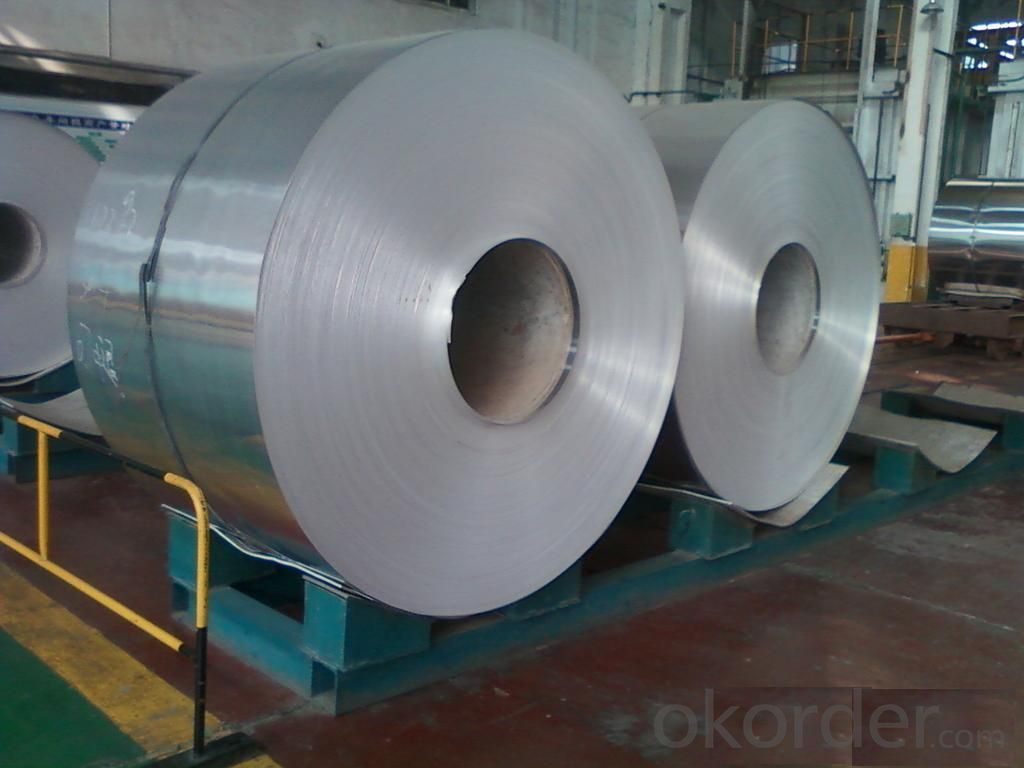
4. Product Specification
| Alloy | Temper | Thickness | Width | Weight |
| AA3003 | H14 | 0.2MM-3MM | 1000MM-1800MM | 2 TONS |
5.FAQ:
What is the quality standard?
---Usually our standard is GB3880-2006
What is the largest width?
---It is 2300mm
What is the MOQ?
---Usually we can accept 80 tons.
- Q: This question asks about the various types of aluminum sheets that are commonly used for roofing purposes, including their specific applications and characteristics.
- <p>Aluminum sheets used for roofing come in various types, each with unique properties and applications. The main types include: 1) Corrugated Aluminum Sheets: Known for their strength and durability, these are often used in commercial and industrial roofing due to their ability to withstand harsh weather conditions. 2) Standing Seam Aluminum Sheets: These provide a sleek, clean look and are favored for their water-resistant properties, making them ideal for residential and architectural applications. 3) Flat Aluminum Sheets: Offer a smooth surface finish and are used where a uniform appearance is desired. 4) Perforated Aluminum Sheets: These have small holes that allow for ventilation, reducing heat build-up and are used in areas requiring natural light and air circulation. 5) Embossed Aluminum Sheets: With a textured surface, they provide added rigidity and are used in both residential and commercial settings for their aesthetic appeal. Each type is chosen based on the specific needs of the roofing project, such as design, weather resistance, and longevity.</p>
- Q: Are aluminum sheets suitable for construction purposes?
- Aluminum sheets are indeed appropriate for construction purposes. This material is lightweight and possesses an excellent strength-to-weight ratio, making it an optimal selection for various construction applications. It is resistant to corrosion, has a long-lasting nature, and boasts a high melting point, enabling it to withstand extreme weather conditions and fluctuations in temperature. Furthermore, aluminum sheets can be easily shaped, formed, and fabricated to fulfill specific construction requirements. They are commonly utilized in residential, commercial, and industrial buildings for roofs, wall cladding, window frames, doors, and other structural elements. In conclusion, aluminum sheets provide numerous benefits in the construction field, rendering them a fitting choice for a wide array of construction purposes.
- Q: Explain the impact of aluminum sheets on the thermal insulation of a building.
- <p>Aluminum sheets, due to their high thermal conductivity, can significantly reduce the thermal insulation of a building. They allow heat to transfer easily through them, which can lead to increased heat loss in winter and heat gain in summer. This can result in higher energy consumption for heating and cooling, making the building less energy-efficient. However, when used in combination with proper insulation materials and techniques, aluminum sheets can still be part of an effective building envelope, provided their thermal bridging effects are mitigated.</p>
- Q: Can the aluminum sheets be used for manufacturing food packaging?
- Yes, aluminum sheets can be used for manufacturing food packaging. Aluminum is a popular choice for food packaging due to its non-reactive nature, resistance to corrosion, and ability to maintain the freshness and quality of food products.
- Q: Can aluminum be either conductive or magnitized?
- Aluminium can conductive because it has low resistivity which is due to the three delocalized electron present in Aluminium structure. Aluminium cannot be magnetized because it does not exhibit ferro magnetism ( which is the ability of magnet to attract a metal).
- Q: Are the aluminum sheets suitable for signage or advertising purposes?
- Aluminum sheets are an excellent choice for signage and advertising purposes due to their high suitability. The versatility and durability of aluminum make it resistant to rust, corrosion, and weathering, which is ideal for outdoor use. Furthermore, its lightweight nature facilitates effortless installation and transportation, while the smooth surface adds a touch of professionalism and sophistication. The customizable nature of aluminum sheets allows for easy cutting, shaping, and engraving, enabling designers to create captivating signs and advertisements. Additionally, aluminum sheets can be directly printed on or laminated with vinyl to achieve vibrant and long-lasting graphics. In summary, the remarkable properties of aluminum make it the perfect material for signage and advertising purposes.
- Q: Can aluminum sheets be used for chemical distillation columns?
- Aluminum sheets are indeed applicable in chemical distillation columns. Due to its remarkable thermal conductivity, resistance to corrosion, and lightweight properties, aluminum is widely favored for constructing distillation columns. It is especially suitable for situations where process conditions are relatively gentle, like low-pressure distillation or distillation of non-reactive substances. Nonetheless, it is crucial to acknowledge that aluminum might not be suitable for all chemical distillations, specifically those involving corrosive or reactive substances. In such instances, alternative materials such as stainless steel or glass-lined steel may be more suitable to guarantee the durability and integrity of the column.
- Q: This question asks for a comparison of the cost of aluminum sheets with other building materials.
- <p>Aluminum sheets are generally considered cost-effective compared to other building materials, especially when considering their long-term benefits. They are relatively inexpensive to produce and install, and their low maintenance requirements can save costs over time. However, their initial cost may be higher than some materials like wood or vinyl. Aluminum's resistance to corrosion and weathering means it lasts longer, which can offset the higher upfront cost. In contrast, materials like steel might be more expensive due to their weight and the cost of corrosion protection, while concrete and masonry are typically more costly for both materials and labor. The cost-effectiveness of aluminum can vary based on regional prices, specific project requirements, and the type of aluminum product (e.g., thickness, finish).</p>
- Q: Over the years, the thermite reaction has been used for welding railroad rails, in incendiary bombs, and to ignite solid-fuel rocket motors. The reaction is given below.Fe2O3(s) + 2 Al(s) 2 Fe(l) + Al2O3(s)What masses of iron(III) oxide and aluminum must be used to produce 10.0 g iron?a) iron (III) oxideb)aluminiumc)What is the maximum mass of aluminum oxide that could be produced?
- I'm going to show my calculations anyways Fe2O3(s) + 2 Al(s) -- 2 Fe (l) + Al2O3 (s) From the equation : 1 mole of iron (III) oxide 2 moles of aluminium -- 2 moles of iron 1 mole of aluminium oxide Given that iron = 10.0 g = 10.0 g / 55.8 g per mole = 0.179 mol of iron (corr to 3 sig fig) Because the mole ratio of iron to iron (III) oxide is 2 : 1 Therefore moles of iron (III) oxide produced = 0.179 / 2 = 0.0895 mol Convert it back to grams 0.0895 x (55.8 x 2 + 16.0 x 3) = 14.3 grams (corr to 3 sig fig)' a) 14.3 grams of iron (III) oxide must be used ----- Given that iron = ...... (previously calculated) ...... = 0.179 mol of iron (corr to 3 sig fig) Because the mole ratio of iron to aluminium is 1 : 1 Therefore moles of aluminium produced = 0.179 mol Convert it back to grams 0.179 x 27.0 = 4.83 grams (corr to 3 sig fig) b) 4.83 grams of aluminium must be used ----- Given that iron = 0.179 mol Because the mole ratio of iron to aluminium oxide is 2 : 1 Therefore moles of Al2O3 produced = 0.179 / 2 = 0.0895 mol Convert it back to grams 0.0895 x (27.0 x 2 + 16.0 x 3) = 9.13 grams (corr to 3 sig fig) c) 9.13 grams of aluminium oxide is the maximum mass that could be produced P.S. The relative molecular masses used are from my textbook
- Q: Are 101 aluminum sheets suitable for heat exchangers?
- 101 aluminum sheets are not appropriate for heat exchangers. Heat exchangers necessitate materials that possess commendable thermal conductivity and corrosion resistance. Although aluminum is an adept heat conductor, the 101 aluminum alloy lacks the essential corrosion-resistant properties essential for heat exchangers. Heat exchangers often employ other aluminum alloys, such as 3003 or 5052, due to their superb thermal conductivity and corrosion resistance.
Send your message to us
OEM Painted Aluminum Sheets - Mill Finished Aluminum Strips for Color Coated Ceiling
- Loading Port:
- Shanghai
- Payment Terms:
- TT OR LC
- Min Order Qty:
- 5 m.t.
- Supply Capability:
- 50000 m.t./month
OKorder Service Pledge
OKorder Financial Service
Similar products
Hot products
Hot Searches
Related keywords
